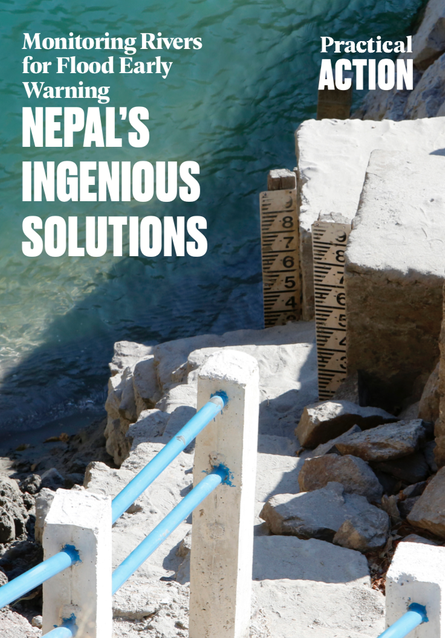
Extreme regular flooding in Nepal results in significant loss of life, property, and livelihoods (Practical Action, 2016; Bhandari et al., 2018). By monitoring river levels, warnings and alerts can be issued before the river passes dangerous levels, allowing people to undertake preparedness actions and evacuate to safe locations before the flood water reaches them.
Extreme regular flooding in Nepal results in significant loss of life, property, and livelihoods (Practical Action, 2016; Bhandari et al., 2018). The Department of Hydrology and Meteorology (DHM) is responsible for operating the national flood early warning system (EWS) in Nepal, together with the Ministry of Home Affairs, which is responsible for delivering emergency response. The DHM monitors weather conditions and water levels, analyses forecast information, and issues warnings and alerts to those at risk.
Monitoring environmental conditions, such as river levels, is an important part of the early warning system. The number of rivers in Nepal and the fact that the larger portion of the country’s land where people live is made up of floodplains mean that river level monitoring is key to flood early warning. By monitoring river levels, warnings and alerts can be issued before the river passes dangerous levels, allowing people to undertake preparedness actions and evacuate to safe locations before the flood water reaches them.